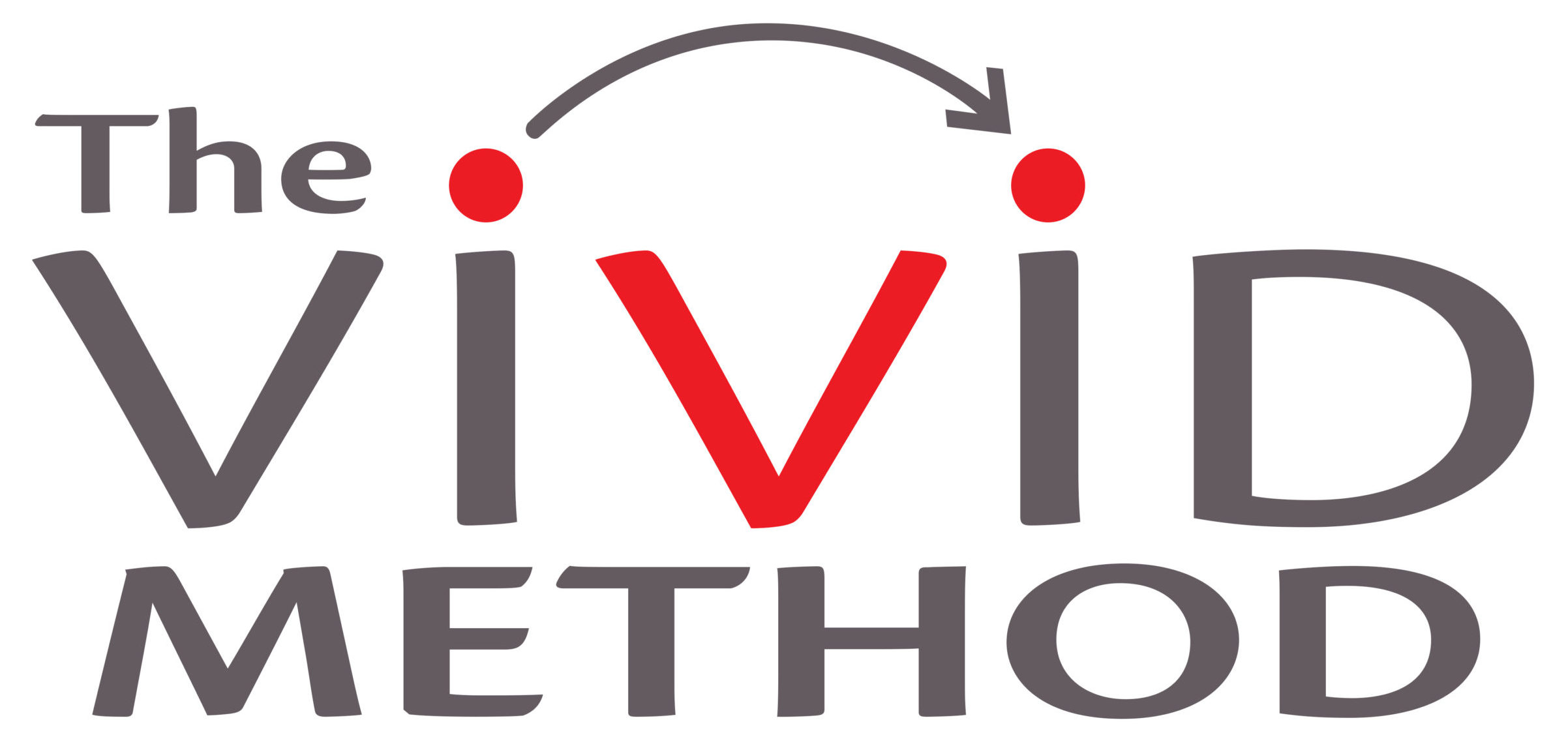#3 Steve Jobs’ Stanford Speech uses a chunk structure
The world’s most watched speech is Steve Jobs’ Stanford speech.
His message: “Stay hungry. Stay Foolish.”
In 2005 Steve Jobs made a low-key speech at Stanford University that was one of the first examples of going ‘Viral’. Over 100 million people have watched it.
In this episode of the What’s Your Message? podcast, we examine why it’s so compelling, with a focus on the structure of ideas:
- How structure helps bring ideas to life.
- The power of the ‘start’ and the ‘end’.
- How messages help you sort your ideas when planning a speech or presentation.
Top messages in this episode:
- “The human mind becomes overwhelmed incredibly easily. If you’re not using some sort of mechanism to structure it you lose their attention.”
- “You can’t connect the dots about your decisions until later so you should trust your decisions.”
- “If you don’t love what you do you probably won’t do great work.“
- “I made some decisions that were really difficult, but I stuck with what I loved and it ended up working out.”
- “If you want to be a good persuader, get good at asking what are the issues in the mind of your listeners.”
- “Storytelling is one of the nine things that you can do to further engage your audience.”
- “When you recognize the closeness problem exists you automatically get better at being objective and clarifying ideas for your audience better.”
- “Stay hungry, stay foolish.”
- “Don’t follow other people’s thinking, that’s called dogma.”
- “You can make mistakes but if you focus back on what you love it might end up working out.”
- “Failure is not failure, it’s just a guidance.”
- “You might as well live your own life with your own mistakes than following someone else’s thinking.”
- “If today were the last day of my life, would I want to do what I am about to do today?”
Show Notes:
00:31 Intro
02:11 Using imaginary location for the Podcast and how Jerry Seinfeld uses it.
06:02 What is the Chunk Theory? and why do you need the chunk structure when your presenting?
10:41 How the chunk structure makes it easier to prepare.
11:08 Does the structure change for how long the presentation is?
15:36 How do you turn chunks into a natural conversation?
16:26 Breaking down Steve Jobs speech, first chunk is Connecting the Dots.
18:05 Steve Jobs second chunk is about Love and Loss.
21:19 Using messages and understanding your audience.
23:01 Do we always need to have a story in between the chunks? and why detail is important?
25:04 Why it’s important to test aloud and hear how the words come together?
28:43 Using the one-minute rehearsal for incredible value.
31:03 How the Chunk Theory can also work for a day-to-day meeting perspective.
32:39 So how do you start a presentation? What comes first?
34:53 Craig asks Cam if he think Steve Jobs started with the central idea of staying hungry stay stay foolish?
40:47 The third chapter in the Stanford story was about Death.
42:38 Fourth chunk which I’m calling a Wrap Up.
